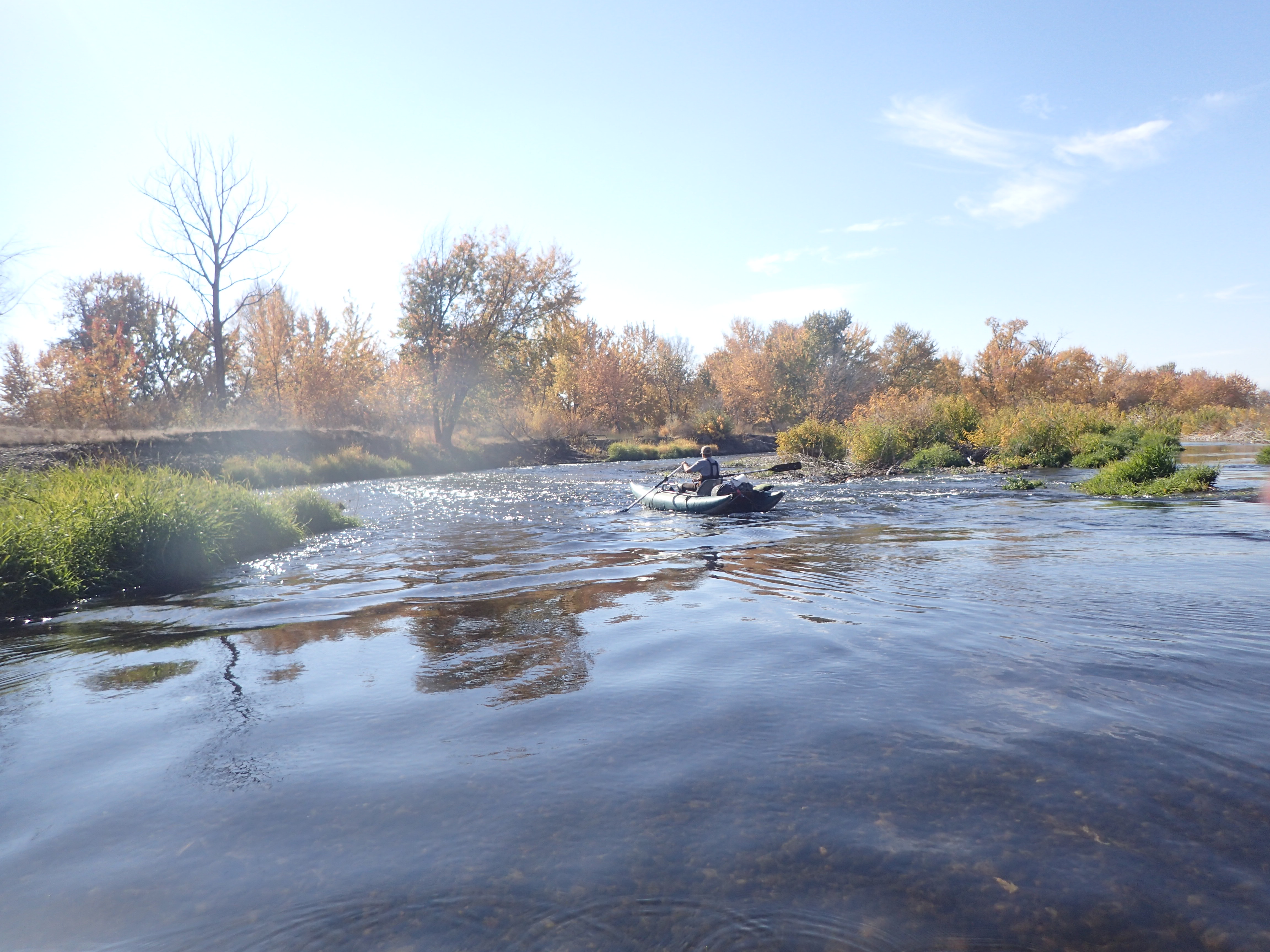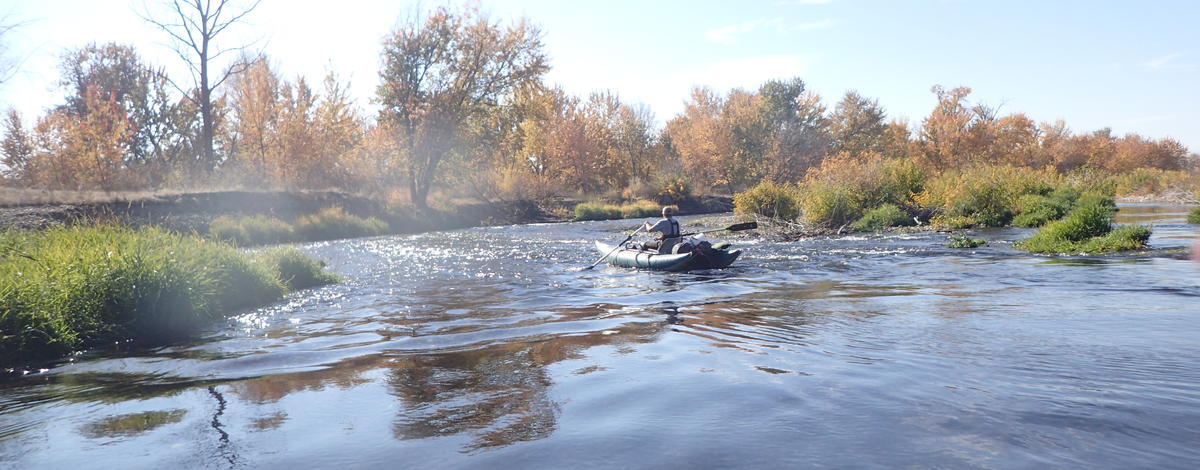The United States Bureau of Reclamation, in coordination with the Idaho Department of Fish and Game, will reduce winter streamflow maintenance flows in the lower Boise River from the traditional 240 cubic feet per second (cfs) to 210 cfs during the upcoming winter of 2021/2022. The reduction is necessary due to the dry conditions in southwest Idaho.

Reclamation holds a storage water right in Lucky Peak Reservoir for 152,300 acre-feet of water to be used for lower Boise River streamflow maintenance. The water right requires Reclamation and Fish and Game to provide joint instructions annually to the Idaho Department of Water Resources for the release of the Lucky Peak Reservoir streamflow maintenance storage water. Dry conditions during the spring prevented the storage water right from completely filling this year, reducing the amount of water available for winter streamflow maintenance flows by approximately 17 percent. This reduced storage, coupled with concerns of ongoing drought, have forced Reclamation and Fish and Game to make the difficult decision of reducing winter streamflow maintenance flows.
The winter months are one of the most critical time periods for river-dwelling fish, especially yearling trout going into their first winter. Even slight reductions in flow can have negative impacts on overwinter survival of the Boise River’s rainbow and brown trout populations, as well as mountain whitefish. Managers are faced with the difficult task of finding a balance between water conservation in the face of potential ongoing drought in the long-term and impacts on fish populations in the short-term.
“We know that those winter months are really crucial to trout survival. So from the perspective of managing the wild trout population, we don’t want to overreact and reduce flows too much,” said John Cassinelli, Southwest Regional Fisheries Manager at Idaho Fish and Game. “Following the drought year of 2001, flows were dropped to 150 cubic feet per second in a similar scenario, and then we had a good winter and the storage account refilled. And we’ve just learned a lot since then about how these lower winter flows can negatively impact the trout population, so from a fish management perspective, we are trying to be less over-reactive.”
In addition to aiding overwinter survival of fish populations, winter maintenance flows provide many other benefits to the river system and the community. Ultimately, Reclamation and Fish and Game settled on a streamflow maintenance flow rate heading into the fall of 2021 of 210 cfs. Following the winter of 2021/2022, this reduced flow will result in roughly 35 percent of the storage account carrying over to the winter of 2022.
“Idaho Fish and Game recognizes we are taking some risk in that if we have a dry winter and another dry spring, we could be in a situation where we might have to further reduce winter flows going into the winter of 2022. However, our approach is that if we are going to reduce flows to the point of having a significant negative impact on fish populations, let’s do it when we are forced to and not as a precautionary step in the face of uncertain water availability,” Cassinelli said.
The Bureau of Reclamation and Fish and Game will evaluate conditions in the Boise River basin throughout the winter and potentially adjust flows, either up or down, if conditions warrant a change. What anglers need to know for the fall Despite the reduced flows, anglers wanting to fish the Boise River this winter likely won’t notice a visual difference in the flow levels and fishing quality in the river should be consistent with past winters.

